What Causes Carpal Tunnel Syndrome?
In most cases, no specific etiology can be identified. However, patients who perform repetitive manual tasks (such as assembly line work), or construction workers that use vibrating hand tools are at increased risk of developing carpal tunnel syndrome. The development of carpal tunnel syndrome has been associated with trauma, obesity, pregnancy, multiple myeloma, hypothyroidism and amyloidosis.
How Is Carpal Tunnel Syndrome Discovered?
Symptoms may be bilateral or unilateral. Patients frequently complain of hand weakness (particularly in grip), hand clumsiness and hand numbness. Many patients note a painful numbness in the affected hand while sleeping at night. In severe cases there can be atrophy of the hand muscles. Once these symptoms are brought the attention of a physician, an electromyogram (EMG) and nerve conduction velocities (NCV) can be obtained to confirm the diagnosis.
How Is Carpal Tunnel Syndrome Treated?
Non-surgical management, usually tried in patients with new onset mild symptoms, involves rest, occasional splinting of the hand and wrist, and non-steroidal anti-inflammatory drugs. Steroid injections into the carpal tunnel can provide temporary relief of symptoms. Surgery, usually reserved for more severe or recurrent symptoms, involves incision at the wrist and sectioning of the transverse carpal ligament compressing the median nerve.




